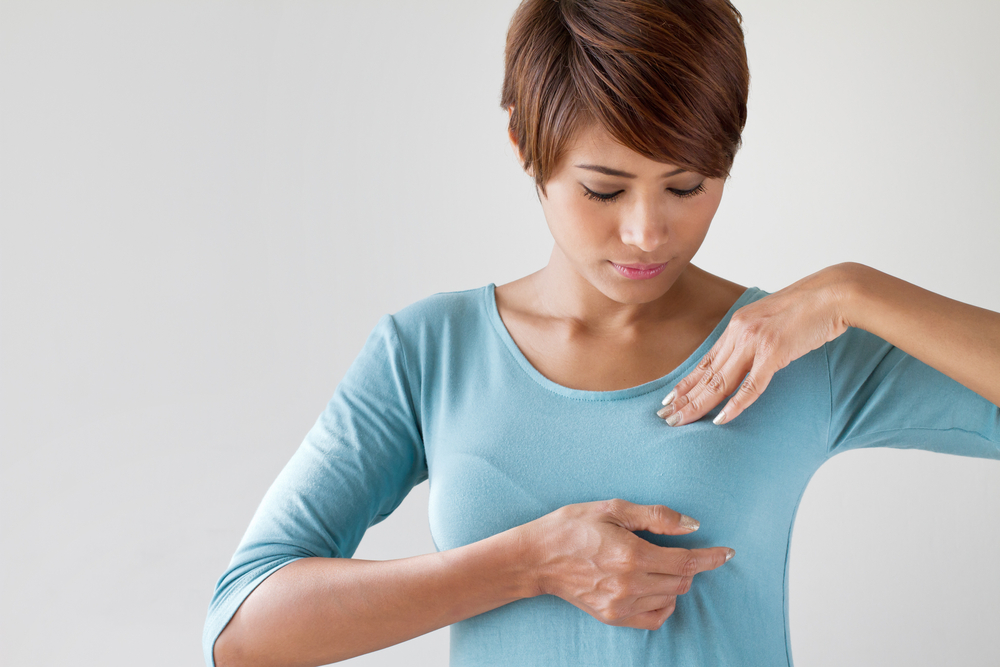Causes, symptoms and treatment
Breast cancer is a type of cancer that starts in the breast tissue. It is the most common cancer among women worldwide and the second most common cancer overall. In this article, we will discuss the causes, symptoms, diagnosis, and treatment of breast cancer.
Causes of breast cancer
Breast cancer can be caused by a variety of factors, including genetic mutations, lifestyle factors, and environmental factors. Some of the most common risk factors for breast cancer include:
- Age: The risk of developing breast cancer increases as a woman gets older.
- Genetics: Certain genetic mutations, such as BRCA1 and BRCA2, can increase the risk of breast cancer.
- Hormones: Hormonal changes, such as those that occur during pregnancy and menopause, can increase the risk of breast cancer.
- Lifestyle factor: Lifestyle factors such as alcohol consumption, obesity, and lack of physical activity can increase the risk of breast cancer.
- Environmental factors: Exposure to certain chemicals and toxins, such as radiation, can increase the risk of breast cancer.

Symptoms of breast cancer
The symptoms of breast cancer can vary depending on the stage of the cancer. In the early stages, there may be no symptoms at all. As the cancer progresses, some of the most common symptoms may include:
- A lump in the breast or underarm area
- Swelling or thickening of the breast tissue
- Nipple discharge or inversion
- Skin changes, such as dimpling or redness
- Breast pain or tenderness
Diagnosis of breast cancer
Breast cancer can be diagnosed through a variety of tests, including mammography, ultrasound, and biopsy. Mammography is a type of x-ray that is used to detect breast cancer. Ultrasound uses high-frequency sound waves to create images of the breast tissue. Biopsy involves removing a small sample of breast tissue for examination under a microscope.
Treatment of breast cancer
The treatment of breast cancer will depend on the stage of the cancer, as well as other factors such as the age and health of the patient. Some of the most common treatments for breast cancer include:
- Surgery: Surgery may be used to remove the cancerous tissue from the breast.
- Radiation therapy: Radiation therapy uses high-energy rays to kill cancer cells and shrink tumours.
- Chemotherapy: Chemotherapy involves the use of drugs to kill cancer cells.
- Hormone therapy: Hormone therapy is used to block the hormones that can cause breast cancer to grow.
- Targeted therapy: Targeted therapy uses drugs to target specific proteins or genes that are involved in the growth of cancer cells.

Prevention of breast cancer
While there is no sure way to prevent breast cancer, there are some steps that women can take to reduce their risk of developing the disease. Some of the most effective strategies for preventing breast cancer include:
- Maintaining a healthy weight
- Exercising regularly
- Limiting alcohol consumption
- Avoiding tobacco products
- Getting regular mammograms and breast exams
Breast cancer is a serious disease that affects millions of women worldwide. While there is no sure way to prevent breast cancer, early detection and treatment can significantly improve a woman’s chances of survival. By understanding the risk factors, symptoms, and treatment options for breast cancer, women can take steps to protect their health and reduce their risk of developing this deadly disease.









